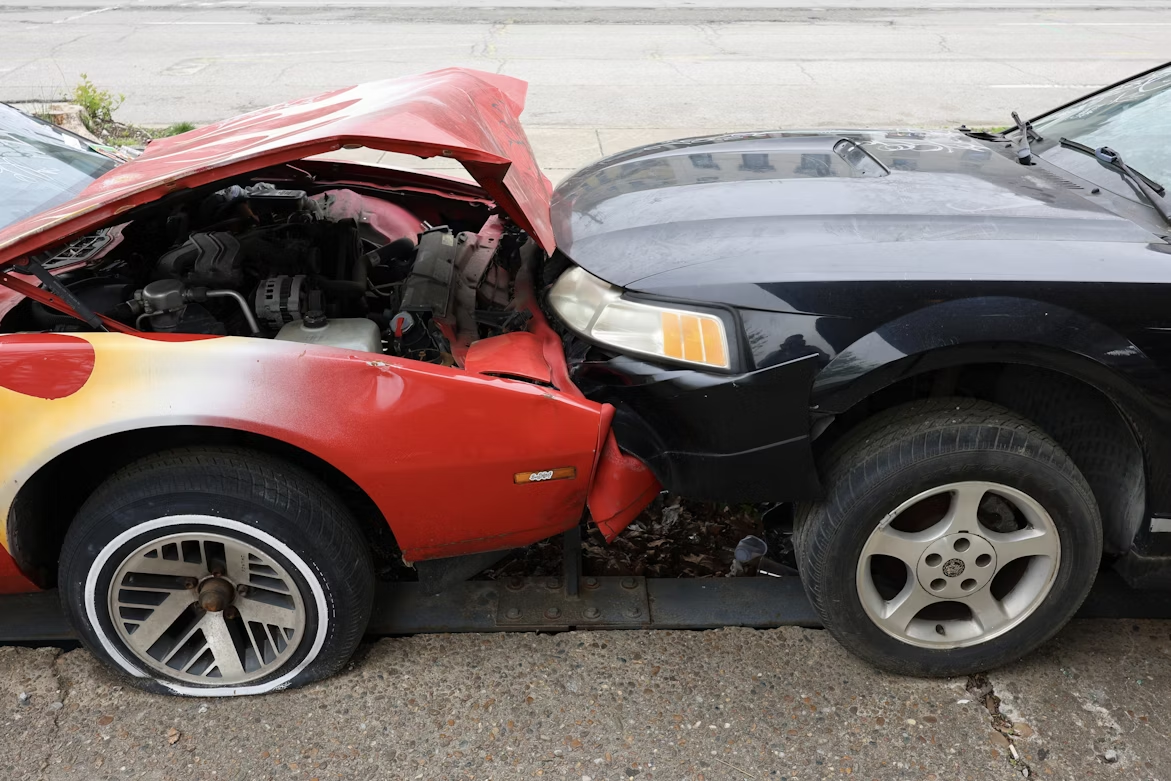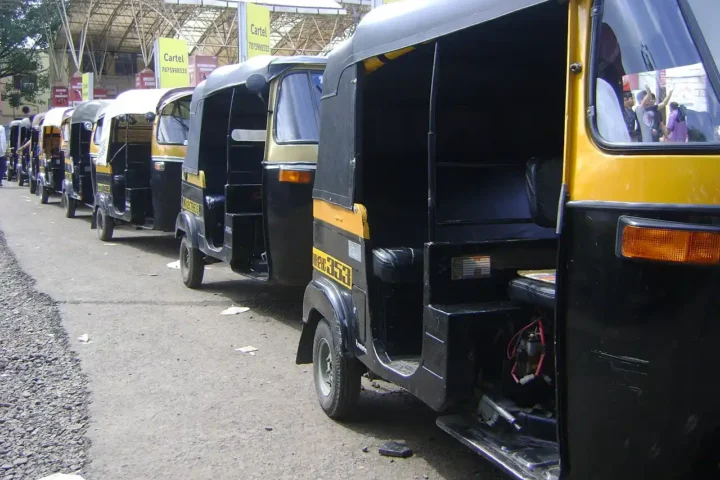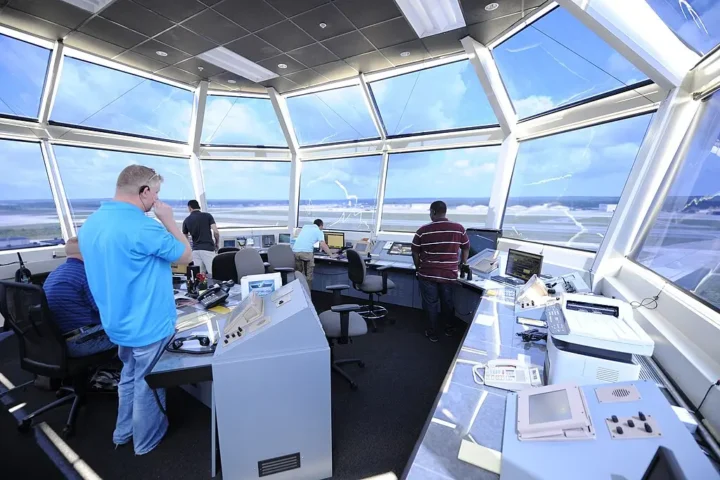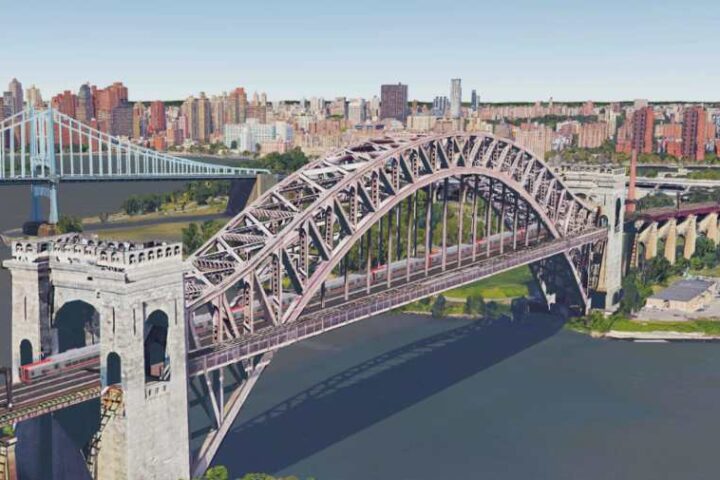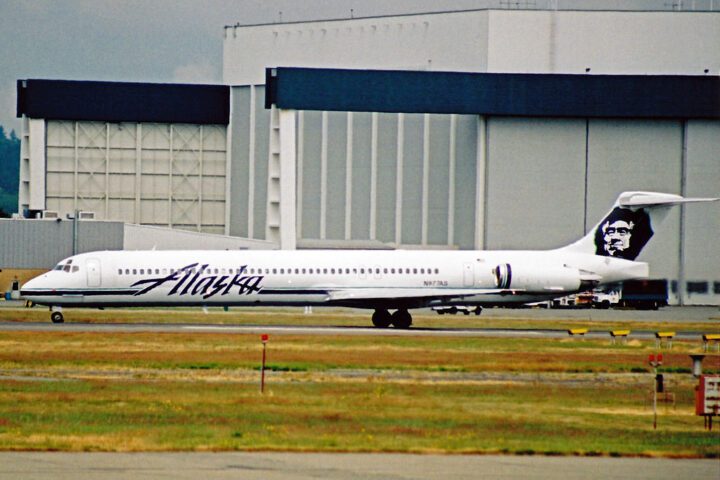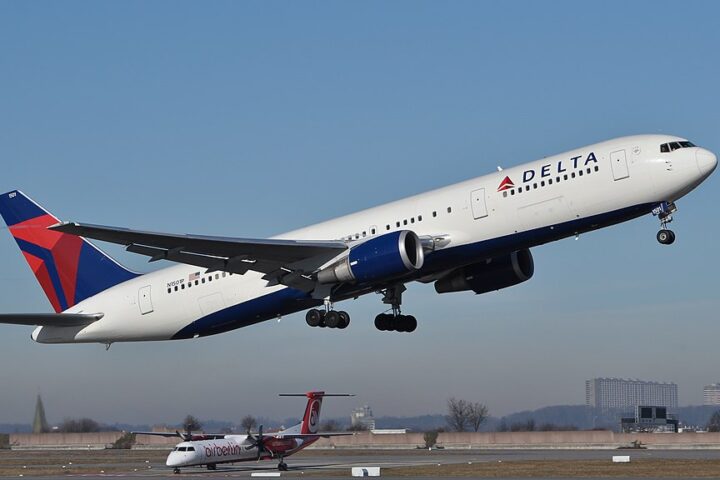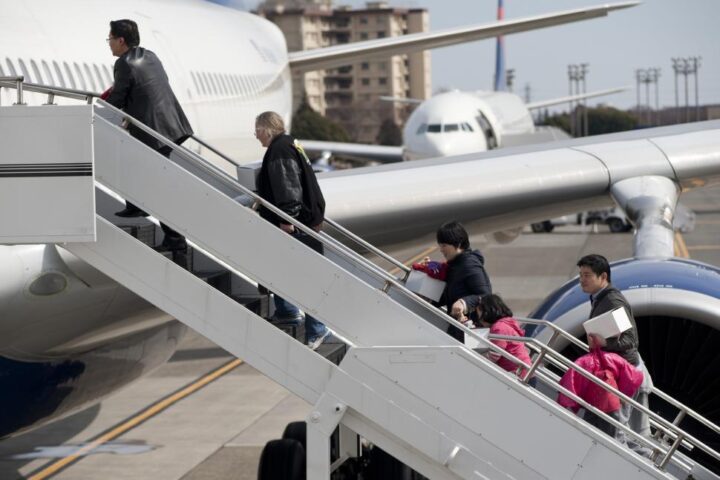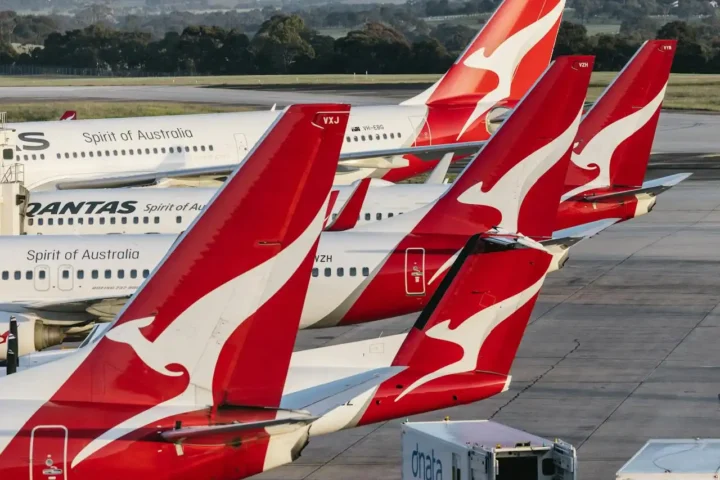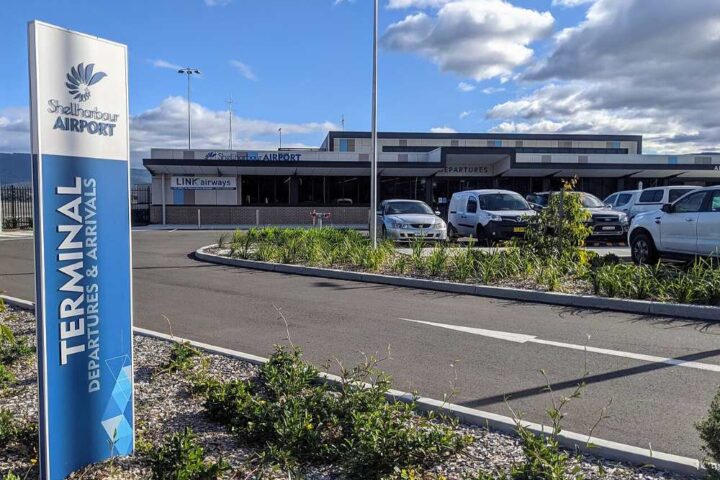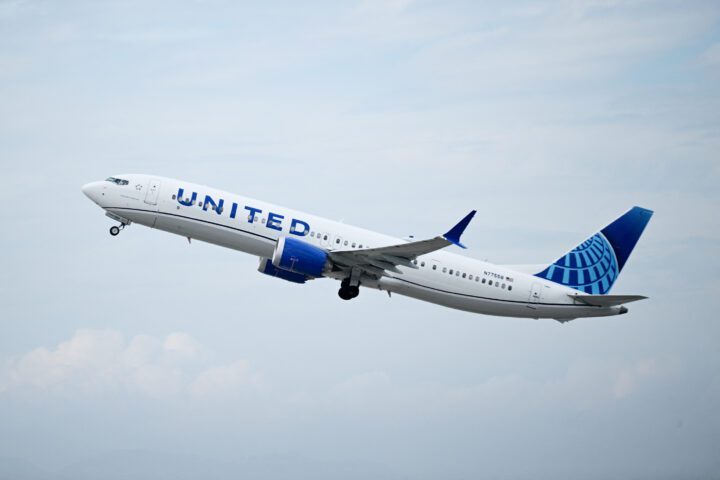Traffic accidents are more than just tragic events on the road; they are a massive financial burden on the American economy. While the loss of human life is undeniably the most profound consequence, the ripple effects go far beyond the individuals directly involved. Families, friends, communities, and employers all share in the fallout.
According to Statista, the emotional toll is matched by a staggering economic impact. Advocates for Highway and Auto Safety estimate that vehicle crashes cost the U.S. economy approximately $340 billion in 2019. When adjusted for inflation, that figure climbs to $417 billion in 2024.
These costs include medical expenses, emergency services, lost productivity, property damage, and legal and administrative fees. With these figures in mind, the NETS report highlights that each U.S. resident effectively pays an annual “crash tax” of approximately $1,250 due to these preventable incidents. This represents an invisible drain on both personal finances and the nation’s overall economic well-being.
1. Medical Expenses and Long-Term Care
The immediate aftermath of an accident often brings significant medical costs, from emergency response and ambulance services to surgeries and hospital stays. However, the financial impact doesn’t end there. Many victims require long-term rehabilitation, follow-up treatments, and mental health support, all of which contribute to prolonged and escalating expenses.
Based on the National Highway Traffic Safety Administration data, traffic fatalities declined by 4.3% from 42,721 in 2022 to 40,901 in 2023. This marks the second consecutive year of decline since 2021. The fatality rate per 100 million vehicle miles traveled decreased by 6% from 1.34 in 2022 to 1.26 in 2023.
Public healthcare systems like Medicare and Medicaid often absorb expenses for uninsured individuals, while private insurers raise premiums to offset payouts. Ultimately, this leads to increased costs across the healthcare system, affecting both taxpayers and policyholders.
2. Lost Productivity and Workplace Disruption
Traffic accidents are a major contributor to lost productivity and workplace disruption across the United States. Each year, millions of work hours are lost as employees recover from accident-related injuries or manage long-term disabilities.
According to the National Safety Council, roadway incidents involving motorized land vehicles are the leading cause of work-related deaths. In 2023 alone, 1,252 workers lost their lives due to such incidents. Between 2021 and 2022, there were 68,560 DART (Days Away, Restricted, or Transferred) cases, including 54,830 DAFW (Days Away From Work) cases.
These statistics underscore the substantial impact on the workforce. Employers must also manage workers’ compensation claims, temporary staffing, and operational disruptions. Industries dependent on logistics and time-sensitive deliveries are especially vulnerable.
Accidents remove key personnel and cause traffic congestion, delaying shipments and disrupting productivity across industries.
3. Legal and Insurance Battles
Traffic accidents frequently lead to legal and insurance disputes that can stretch on for months, adding significantly to the financial toll. Victims often turn to legal professionals, such as a car accident lawyer, to help navigate the intricacies of personal injury claims and insurance negotiations.
Legal support is crucial when dealing with uninsured drivers or corporations to ensure fair compensation for medical bills and other losses.
According to TorHoerman Law, individuals who suffer injuries, property damage, or financial losses due to another party’s negligence may be entitled to compensation. Personal injury law, also known as tort law, protects those harmed by someone else’s actions or failure to act.
While pursuing justice is necessary, legal proceedings come with their own costs. Attorney fees, court expenses, and delayed settlements contribute to the broader economic impact of traffic accidents on individuals and institutions alike.
4. Impact on Insurance Premiums and Public Spending
Traffic accidents significantly influence both private and public financial systems. Rising accident rates directly lead to higher car insurance premiums, affecting all policyholders, even those with clean driving records.
According to research from various insurance industry sources, car insurance after an accident can increase rates by approximately $400-$800 per year for full coverage. The exact increase varies by state, insurance company, and circumstances of the accident. Most insurance companies typically raise rates following an at-fault accident, with some states allowing increases even for not-at-fault accidents.
In addition to private insurance costs, traffic accidents drive up public spending. Taxpayer-funded services such as emergency response, medical assistance, road maintenance, and court operations contribute to the overall economic toll. Together, these rising insurance costs and public expenditures highlight how individual accidents have far-reaching financial implications across society.
5. Emotional Toll and Indirect Economic Loss
Beyond the visible financial burden, traffic accidents leave deep emotional scars on victims and their families. Many individuals require long-term mental health support, including therapy and counseling, to recover from the trauma.
Multiple studies have found that road traffic injury (RTI) survivors face a significantly increased risk of impaired mental health. Recent meta-analyses indicate that post-traumatic stress disorder (PTSD) affects approximately 22-26% of road traffic accident survivors, with rates varying between 6% and 45% depending on study methodology and context. These psychological effects often receive less clinical attention, resulting in delayed or insufficient support.
Economists use quality-adjusted life years (QALYs) to assess the value lost due to injury or death. The loss of QALYs from fatal crashes and serious injuries translates into billions in indirect economic losses. These losses ripple through household incomes, community stability, and national well-being, making the true cost of traffic accidents far greater than it appears.
Frequently Asked Questions
What are most U.S. traffic crashes linked to?
Most U.S. traffic crashes are linked to human error, such as distracted driving, speeding, impaired judgment, and failure to follow traffic rules. Poor decision-making behind the wheel, combined with inattention or risky behavior, often plays a central role in causing collisions on American roads.
Where do most fatal car accidents occur?
Most fatal car accidents occur on rural roads and highways rather than in urban areas. These locations often have higher speed limits, limited lighting, and fewer safety barriers. Combined with longer emergency response times, these factors increase the risk of fatalities when accidents happen in less-populated regions.
What role does a car accident lawyer play after a crash?
A car accident lawyer plays a crucial role in protecting a victim’s legal rights after a crash. They investigate the incident, gather evidence, and handle negotiations with insurance companies. Their goal is to secure fair compensation for medical expenses, lost income, and other damages while easing the burden on the victim.
Traffic accidents are far more than isolated tragedies; they are a persistent and costly drain on the American economy. The direct and indirect costs, coupled with the profound societal and emotional impact, underscore the urgent need for continued investment in road safety.
At the same time, the role of lawyers remains vital in helping victims recover and ensuring that the financial burden is fairly distributed. Reducing the toll of traffic accidents is not only a matter of saving lives but also of safeguarding the nation’s economic well-being. Recent data shows that traffic deaths continue to drop, suggesting safety measures and technology innovations like autonomous vehicles are beginning to make a difference.
